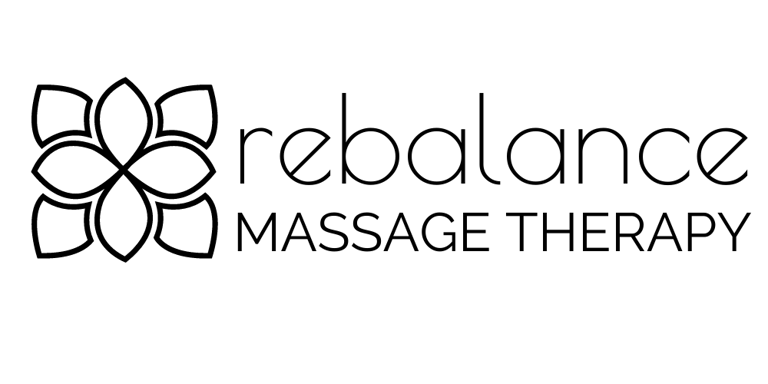When Shoulder Mobility Hits a Plateau: What Helped This Client Move Again
One of the most common frustrations I hear from clients recovering from shoulder injuries or surgery is this: “It feels better… but I still can’t move it the way I used to.” Even when pain decreases and strength improves, the body sometimes holds onto outdated movement patterns, protective tension, or postural compensation long after the initial injury has healed. This is exactly what happened with one of my clients this past spring — and why the MyoKinesthetic System made such a difference for her.
Laurie Kessen
11/15/20252 min read


A Shoulder Injury That Changed Everything
This client, a retired hairstylist in her mid-seventies, originally came to see me at my office in Bellingham, WA in February for a massage. Her main complaint was tightness in her neck and upper shoulders from long hours on the computer. But during our session she mentioned, almost casually, that her right shoulder “just didn’t move like it used to.”
After asking more questions, the full story came out.
Last year, during a trip to South America, she suffered a fall that resulted in a fractured humerus and a torn supraspinatus — one of the rotator cuff muscles most prone to injury. She spent a couple months in a sling and eventually had rotator cuff surgery in June. After completing physical therapy, she regained much of her strength and function, but even though she continued to do her PT range of motion exercises, her mobility seemed stuck.
Her left arm lifted easily overhead. Her right arm didn’t.
The Plateau: When Progress Stalls
During her initial MyoKinesthetic appointment, I performed a postural assessment and measured her range of motion:
Left shoulder flexion: 163°
Right shoulder flexion: 139°
She was doing all the right things — her PT exercises, stretching at home, staying active — but she wasn’t seeing further improvement. And she had a deadline: she was leaving soon for a year-long adventure across the Far East.
We had just under three weeks to work together.
Why MyoKinesthetic?
The MyoKinesthetic System works differently than traditional massage or physical therapy. Instead of focusing on the joint alone, it treats the body through the nervous system by working along the pathways of specific spinal nerves. This helps reset postural patterns and improve movement quickly.
For someone whose shoulder mobility is restricted not by tight tissue alone, but by nervous system guarding or compensation patterns, this approach can be extremely effective.
The Progress — Slow and Steady, Session by Session
Over the course of seven additional sessions, her shoulder began to open up.
Her overhead reach improved.
Movements behind her head felt easier (for example, reaching up to shampoo her hair)
Reaching behind her back for her bra strap was no longer a struggle.
Her arm no longer felt “stuck.”
By her final visit, her right shoulder flexion had increased from 139° to 156° — a meaningful functional change in a very short period of time.
Why This Matters
When you’ve had an injury or surgery, the body often develops movement compensation patterns to protect the area. These patterns can persist long after healing and can limit mobility despite stretching or strengthening.
MyoKinesthetic helps “reset” these patterns by working directly with the motor and sensory pathways that influence posture and movement.
Is MyoKinesthetic Right for You?
If you’ve:
Hit a plateau after physical therapy
Been living with limited range of motion
Noticed persistent tightness around an old injury
Struggled with everyday movements like reaching overhead or behind your back
…the MyoKinesthetic System may be able to help.
You don’t need to live with stiffness or compensate your way through daily life. With the right approach, the nervous system can relearn how to move freely again.
If you’re curious whether this could help your specific situation, I’d be happy to talk.
